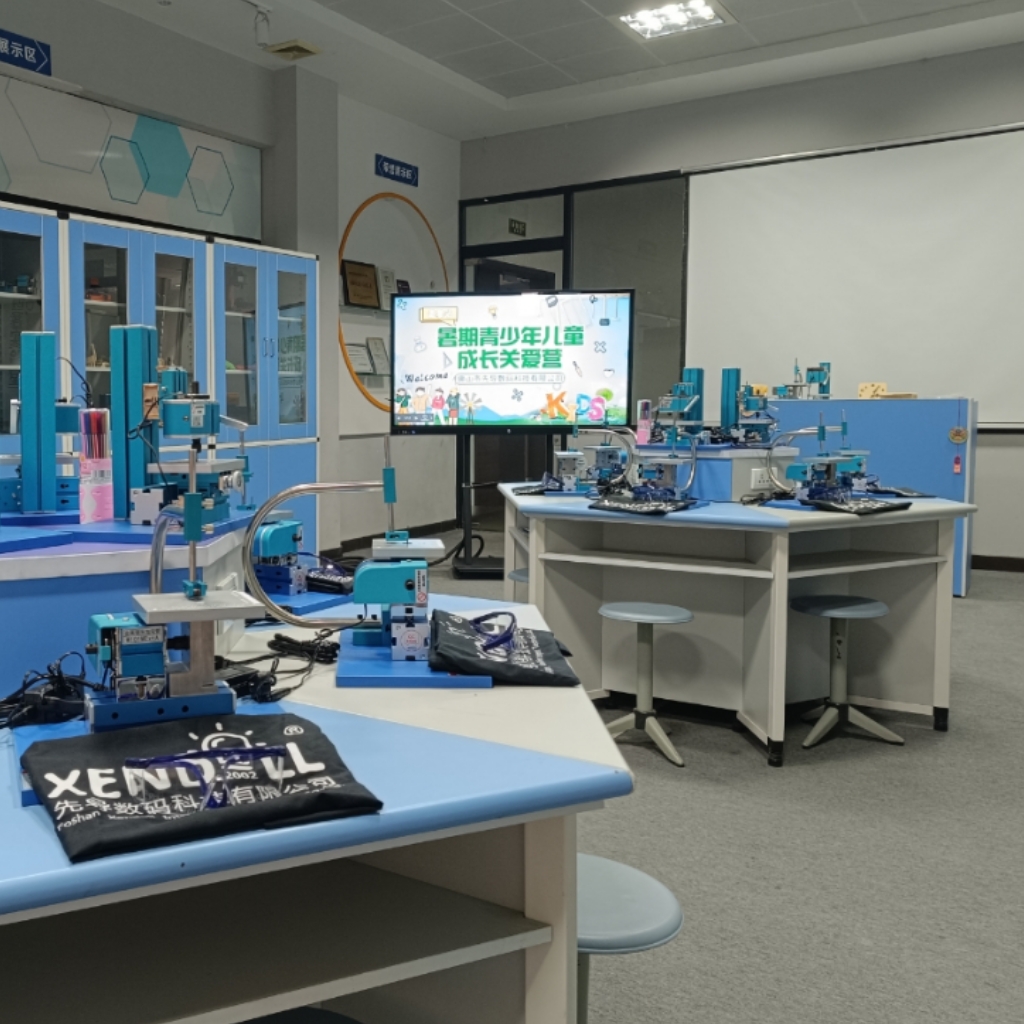Blog
Xendoll has 22 years of experience in the production of small machine tools. We will help you choose the suitable machine and share our experience in CNC machining with you.
 Jun 19, 2025
Jun 19, 2025

 823
823
In the high-stakes world of precision manufacturing, where tolerances are measured in microns and efficiency is paramount, one specialized machine consistently stands out: the Swiss-type lathe. For CNC machining professionals, mechanical distributors, educators, and serious hobbyists seeking the pinnacle of accuracy and speed for small, complex parts, understanding the "Swiss-type lathe" is crucial. This article cuts through the complexity to explain what this remarkable machine is, how it works, its key advantages, and where it shines.

What Exactly is a Swiss-Type Lathe? (The Core Concept)
Contrary to what the name might imply, a Swiss-type lathe (also known as a Swiss Automatic, Swiss Screw Machine, or Sliding Headstock Lathe) isn't necessarily made in Switzerland. Its name pays homage to its origins in the Swiss watchmaking industry, where the demand for incredibly precise, tiny components was paramount. The fundamental distinction lies in how the workpiece is held and supported:
Sliding Headstock: Instead of the workpiece rotating in a fixed position while the tool moves (like a conventional CNC lathe), the Swiss-type features a headstock that moves the rotating bar stock linearly (in the Z-axis) through a guide bushing.
Guide Bushing: This hardened, precision bushing is the heart of the system. It provides rigid support for the bar stock extremely close to the point where the cutting tool contacts the material, often just millimeters away.
How It Works: The Mechanics of Precision
This unique setup enables the Swiss-type's legendary capabilities:
Material Feeding: A long bar of raw material (commonly 1" to 32mm diameter, though sizes vary) is loaded into the machine.
Guide Bushing Support: The bar feeds through the stationary guide bushing.
Sliding Headstock: The headstock grips the bar and moves it precisely back and forth (Z-axis motion) through the guide bushing.
Tool Interaction: Cutting tools, mounted radially around the guide bushing on a multi-axis tool post (often with live tooling for milling/drilling), perform operations only on the exposed portion of the bar protruding slightly beyond the bushing. The bushing provides exceptional support, minimizing deflection.
Parting Off: Once machining is complete on one section, a parting tool cuts the finished part off the bar. The headstock then advances the next length of material, and the cycle repeats.
Why Choose a Swiss-Type Lathe? Key Advantages
The design translates into significant benefits, especially for specific part geometries:
Unmatched Precision & Surface Finish: The ultra-close tool support from the guide bushing virtually eliminates vibration and deflection, even on long, slender parts. This results in exceptional dimensional accuracy, tight tolerances (often within microns), and superb surface finishes.
Superior Stability for Slender Parts: This is the Swiss-type's superpower. Machining long, thin parts (like shafts, pins, connectors, or medical components) on a conventional lathe often leads to chatter, taper, and poor finishes due to deflection. The guide bushing support makes these parts routine.
High Production Speed & Efficiency: Swiss-types excel at high-volume production. Multiple tools (often 5+ axes with live tooling) can work simultaneously on different sections of the part in a single setup. Combined with the continuous bar feed, this drastically reduces cycle times.
Reduced Secondary Operations: The combination of turning and live tooling (milling, drilling, cross-working, threading) allows for complete machining of highly complex parts in one operation ("Done-in-One"), minimizing handling and setup time.
Minimal Material Waste: Precise control over the bar feed and parting operation leads to very little wasted material between parts.
Where Swiss-Type Lathes Excel (Applications)
These machines are ideal for producing high volumes of small, complex, precision parts, commonly found in:
Medical & Dental Implants: Bone screws, surgical instruments, connector pins.
Aerospace & Defense: Precision shafts, fittings, fasteners, sensor components.
Electronics & Connectors: Contacts, pins, sockets, small housings.
Automotive: Fuel injection components, sensor shafts, valve parts.
Watchmaking & Precision Instruments: Naturally, the originators!
Fluid Handling: Valve stems, nozzles, fittings.
Important Considerations
While powerful, Swiss-types have specific characteristics:
Part Size Focus: Optimized for smaller diameter parts (typically under 1.5"/38mm).
Setup Complexity: Initial setup and programming can be more complex than conventional lathes due to the coordination of sliding headstock and multiple tooling stations.
Bar Feeding: Requires consistent, straight bar stock and well-maintained bar feeders.
Guide Bushing Management: Selecting the right bushing size and maintaining it is critical for precision and surface finish.
Investment: Generally represent a higher initial investment than similarly sized conventional CNC lathes.

Conclusion: The Precision Specialist
The Swiss-type lathe is not just another lathe; it's a specialized high-precision production system engineered to solve specific challenges, primarily machining long, slender, complex parts with micron-level accuracy at high volumes. Its defining feature – the sliding headstock and guide bushing – provides unparalleled support, enabling capabilities beyond the reach of conventional turning centers. For industries demanding extreme precision, complex geometries, and high efficiency in small-part manufacturing, the Swiss-type lathe remains an indispensable and highly sophisticated tool. Understanding its unique principles and advantages is key for anyone involved in specifying, distributing, teaching, or utilizing advanced CNC machining technology.
Discover Precision with Xendoll
At Xendoll Tools, we understand the demands of high-accuracy machining. Explore our range of advanced mini CNC solutions designed for precision workshops, educational institutions, and discerning hobbyists pushing the boundaries of what's possible. Visit us at xendolltools.com to learn more.



 Show all our samples
Show all our samples
 Provide you with a free quote
Provide you with a free quote
 Answer all the questions you may have
Answer all the questions you may have
 Guided installation and other options
Guided installation and other options